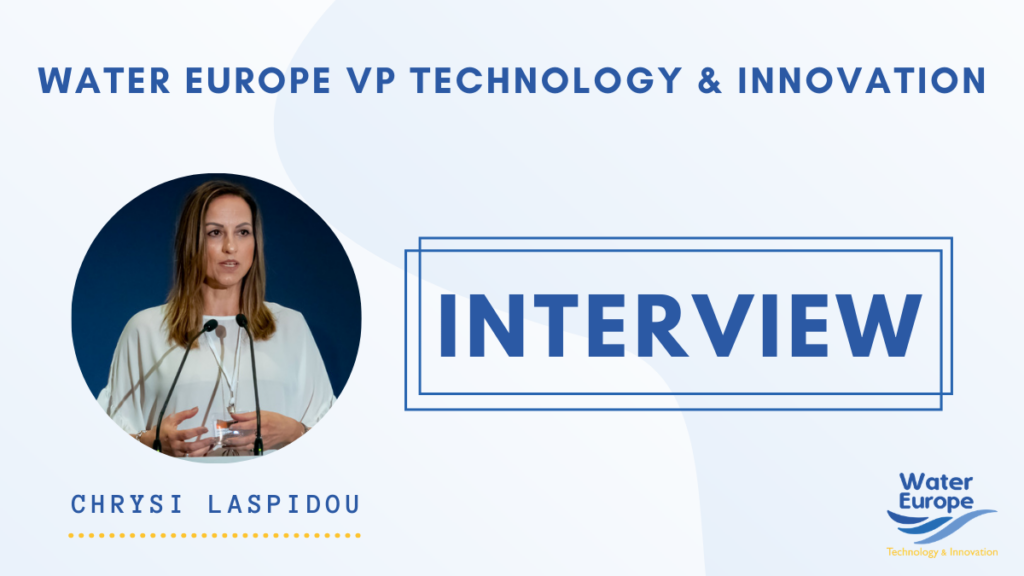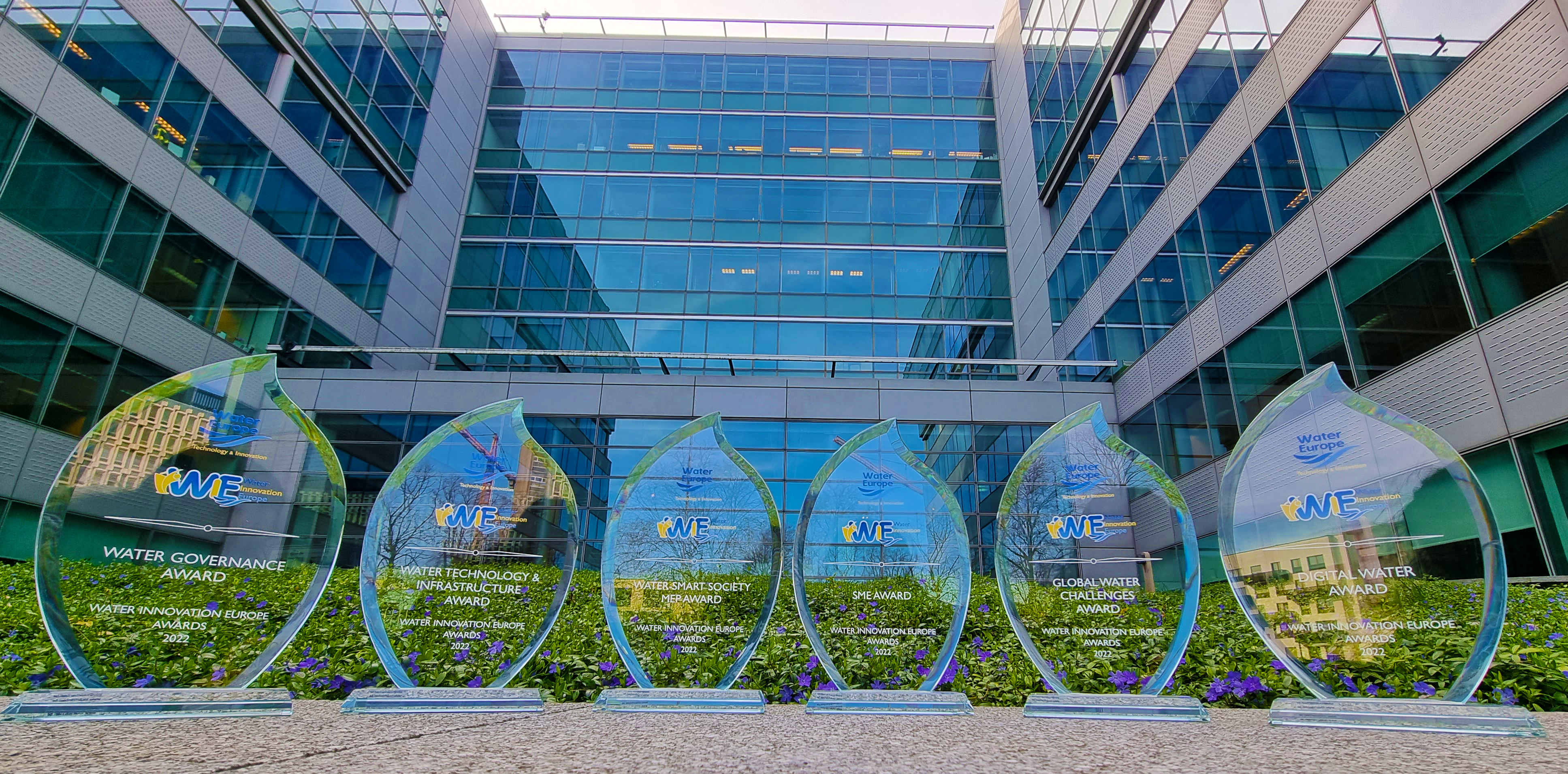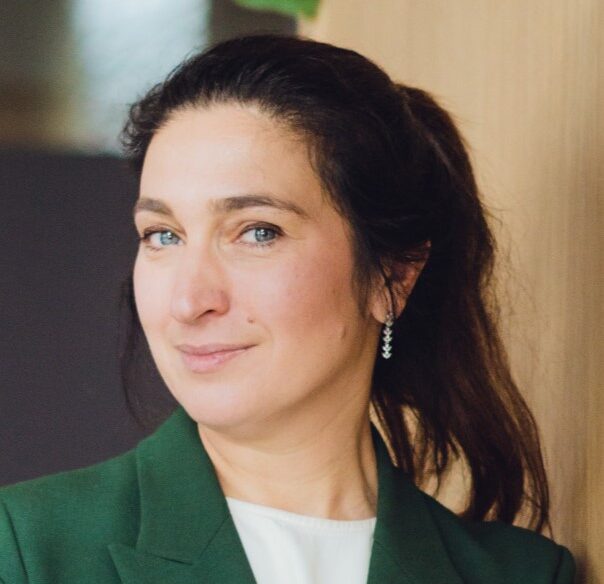After your election as the Vice-President for Technology and Innovation of Water Europe, could you tell us a few words on how you see this new role?
I am thrilled to be the VP for Technology and Innovation! Water Europe is an organization that I have been involved in for many years now, starting as an active member in various Working Groups, advancing as a co-leader of one of the Vision Leadership Teams and then becoming a member of the Board and now member of the ExCom! I have all this valuable bottom-up experience and I plan to use to make sure that members operate, collaborate and network in the best way possible.
What are your Water Europe priorities and what activities you foresee for their implementation?
I have three priorities: Working Groups, Working Groups, Working Groups! Working Groups are the beating heart of Water Europe—it’s where members come together, collaborate and network and reap the benefits of this fabulous organization. They are the motor behind evidence-based input for policy positions, so I see my role as making sure they operate well, they have a solid leadership, they stay productive and they renew and reinvent themselves, following the new developments and interests of the market and the research and policy community.
Your role is connected with the Collaboration Programme of Water Europe. Could you tell us how you envision the strengthening of this programme at Wate Europe?
My role is to ensure that the horizontal Vision Leadership Teams (hVLTs) have good correspondence and collaboration with the Working Groups. The hVLTs is where there is cross-WG collaboration under a unifying theme, creating synergies and making bigger impact towards the Water Europe vision for a water-smart society. On the other hand, the Water Oriented Living Labs (WoLLs) are the entities that can bring academics, industries, policy-makers and citizens together as a quadruple helix, actually implementing that vision and their alignment with the vertical Vision Leadership Teams (vVLTs) is very important. My priority is to strengthen the collaboration matrix and optimize its operation, in order to bring it to the next level of performance.
Innovation in the water sector is not only about technologies. How do you think we can make the social innovation perspective more visible in the sector?
Actually, I tend to think that innovation in the water sector is a lot less about technologies than what many people think. It is a lot more about people coming from different sectors and perspectives, being able to sit together around the same table, identifying conflicting interests and the benefits of synergies and starting to shape a common vision. This sounds easier than it actually is! People still embrace silo thinking, are unwilling to change and resist collaborations, compromises and fresh ideas. The WoLLs play an important role here, since they are the entities designed to bring all stakeholders together. My goal is to have the WoLLs recognized as the basic “structure” where social innovation can take place, bringing people together and enhancing collaborations and a common vision. All this, with ample participation by women and young professionals, as I see gender and age diversity as an issue of utmost importance, when it comes to achieving our Vision.




